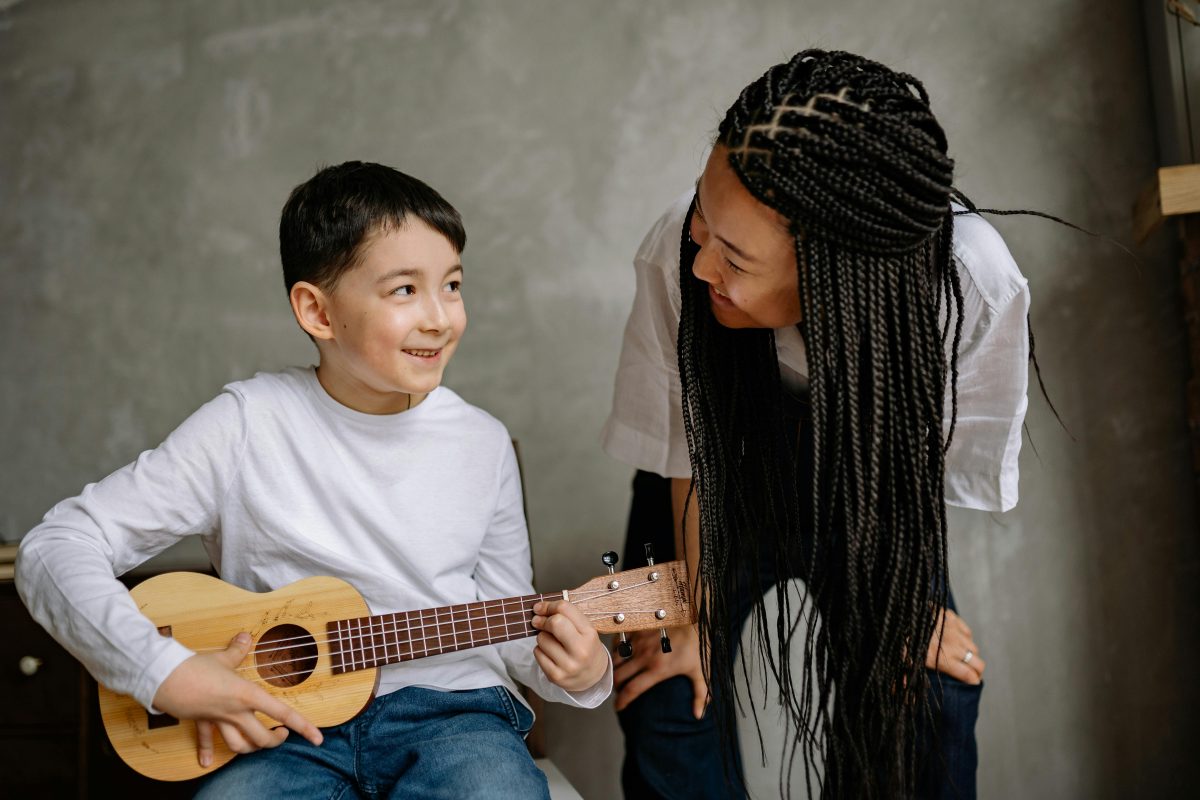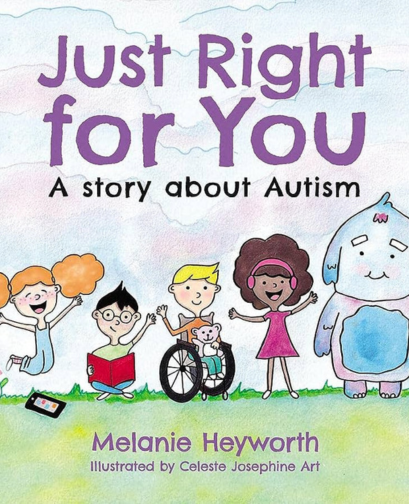
Genuine inclusion comes when everyone’s differences are accepted as normal
When we equate being different to being ‘normal’, then telling our children that they are Autistic (or, indeed, telling their siblings or cousins or playmates or anyone else about Autism), can be represented as just part of the natural diversity of the human condition.
Autism is just a natural difference like any other.
Start by showing that physical differences are normal
Before your child is ready to hear about brain differences, which are abstract and hard to visualise, start by helping them to notice, normalise and accept physical differences, including physical disabilities.
A great list of children’s books that feature capable disabled characters can be found at Raising Luminaries, Books For Littles.
Every brain thinks, perceives, feels, and operates differently
Normalising our brain differences (our hobbies, our likes and dislikes, our natural inclinations, our sensory perception, our communication preferences) is crucial.
So is linking those differences to the richness of humanity: we need our artists and architects, our musicians and mathematicians, to make the world the wonderful place it is.
Differences aren’t just normal: they’re important.
Every person, regardless of support and communication needs, has gifts and strengths
Everybody has different strengths and gifts to offer.
Explore your own, your family’s, and your child’s unique strengths.
What are they good at?
Where do they flourish and thrive?
Identifying, naming, and using strengths creates a positive buffer for stress and builds resilience.
Every person, however competent, has challenges and areas in which they need more support
One way to approach a discussion about challenges is to own your mistakes, to say sorry when it’s warranted, to be fallible, and to articulate your own challenges as they arise.
Then you can support your children to do that for themselves.
Challenges are as fundamental to your child’s identity as their strengths.
Autism is just a name to describe the particular set of strengths, challenges and brain differences a person has.
Everyone is physically different, everyone is neurologically different, everyone has different strengths, and everyone has different challenges.
But… there are other people with similar strengths and challenges and brain differences to your child.
The people who have ‘similarly different’ brains to your child’s are all Autistic. The Autistic community is a new family of ‘neurokindred’, to whom your child belongs.
Just Right for You offers a warm, optimistic way of introducing Autism to your child and embracing their differences, written by Reframing Autism’s very own Founder, Dr Melanie Heyworth, and illustrated by Celeste Josephine Art.
offers a warm, optimistic way of introducing Autism to your child and embracing their differences, written by Reframing Autism’s very own Founder, Dr Melanie Heyworth, and illustrated by Celeste Josephine Art.
Available on Amazon.com.au with an average rating of 4.7 stars out of 207 ratings.

The Reframing Autism team would like to acknowledge the Traditional Owners of the lands on which we have the privilege to learn, work, and grow. Whilst we gather on many different parts of this Country, the RA team walk on the land of the Awabakal, Birpai, Whadjak, and Wiradjuri peoples.
We are committed to honouring the rich culture of the Aboriginal and Torres Strait Islander peoples of this Country, and the diversity and learning opportunities with which they provide us. We extend our gratitude and respect to all Aboriginal and Torres Strait Islander peoples, and to all Elders past and present, for their wisdom, their resilience, and for helping this Country to heal.